Tungsten Oxide Sputtering Target Description
Tungsten oxide (WO₃) sputtering targets from TFM are high-purity oxide materials commonly used in various applications. This compound, also known as tungsten trioxide, is characterized by its unique properties, including high density and melting point, making it suitable for thin film deposition in coatings, electronics, and other specialized industries.
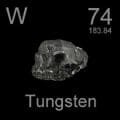 Tungsten, also known as wolfram, is a chemical element with the symbol “W” and atomic number 74. The name “wolfram” comes from the mineral wolframite, reflecting its historical name. The element’s modern name, “tungsten,” originates from the Swedish words “tung sten,” meaning “heavy stone,” indicative of its high density. Tungsten was first identified in 1781 by Carl Wilhelm Scheele, with its isolation later achieved by brothers Juan José and Fausto Elhuyar. It is located in Period 6, Group 6 of the periodic table and belongs to the d-block. The relative atomic mass of tungsten is approximately 183.84 Daltons, with the number in parentheses indicating measurement uncertainty.
Tungsten, also known as wolfram, is a chemical element with the symbol “W” and atomic number 74. The name “wolfram” comes from the mineral wolframite, reflecting its historical name. The element’s modern name, “tungsten,” originates from the Swedish words “tung sten,” meaning “heavy stone,” indicative of its high density. Tungsten was first identified in 1781 by Carl Wilhelm Scheele, with its isolation later achieved by brothers Juan José and Fausto Elhuyar. It is located in Period 6, Group 6 of the periodic table and belongs to the d-block. The relative atomic mass of tungsten is approximately 183.84 Daltons, with the number in parentheses indicating measurement uncertainty.
Related Product: Tungsten Sputtering Target
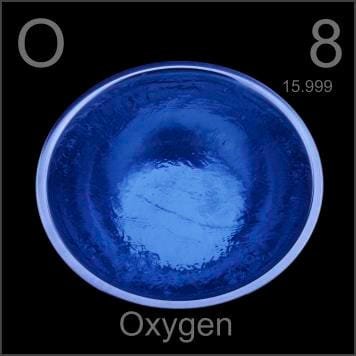 Oxygen, a chemical element with the symbol “O” and atomic number 8, is a crucial component of the Earth’s atmosphere and is essential for most forms of life. The name “oxygen” comes from the Greek words “oxy” and “genes,” meaning “acid-forming.” It was first identified and isolated by Carl Wilhelm Scheele in 1771, although Joseph Priestley is also credited with its discovery in 1774. Oxygen is located in Period 2, Group 16 of the periodic table, within the p-block. Its relative atomic mass is approximately 15.9994 Daltons, with the figure in brackets indicating the uncertainty in this measurement.
Oxygen, a chemical element with the symbol “O” and atomic number 8, is a crucial component of the Earth’s atmosphere and is essential for most forms of life. The name “oxygen” comes from the Greek words “oxy” and “genes,” meaning “acid-forming.” It was first identified and isolated by Carl Wilhelm Scheele in 1771, although Joseph Priestley is also credited with its discovery in 1774. Oxygen is located in Period 2, Group 16 of the periodic table, within the p-block. Its relative atomic mass is approximately 15.9994 Daltons, with the figure in brackets indicating the uncertainty in this measurement.
Tungsten Oxide Sputtering Target Specification
| Compound Formula | WO3 |
|---|---|
| Molecular Weight | 231.84 |
| Appearance | Yellow to Green |
| Melting Point | 1473 °C |
| Density | 7.16 g/cm3 |
| Available Sizes | Dia.: 1.0″, 2.0″, 3.0″, 4.0″, 5.0″, 6.0″ Thick: 0.125″, 0.250″ |
Tungsten Oxide Sputtering Target Packaging
Our tungsten oxide sputtering target is meticulously tagged and labeled on the exterior to ensure accurate identification and maintain strict quality control. We take extensive precautions during storage and transportation to prevent any potential damage, preserving the integrity and quality of the product.
Get Contact
TFM offers Tungsten Oxide Sputtering Targets in various forms, purities, sizes, and prices. We specialize in high-purity thin film deposition materials with optimal density and minimal grain sizes, which are ideal for semiconductor, CVD, and PVD applications in display and optics. Contact Us for current pricing on sputtering targets and other deposition materials that are not listed.


 MSDS File
MSDS File
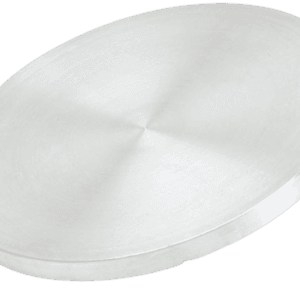
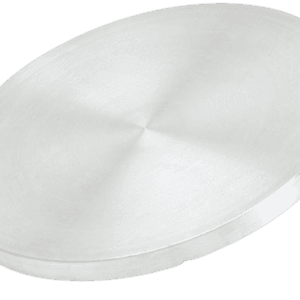
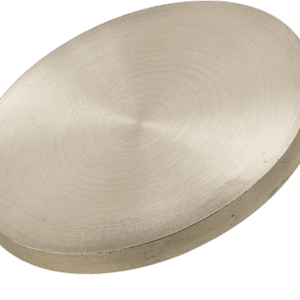
Reviews
There are no reviews yet.